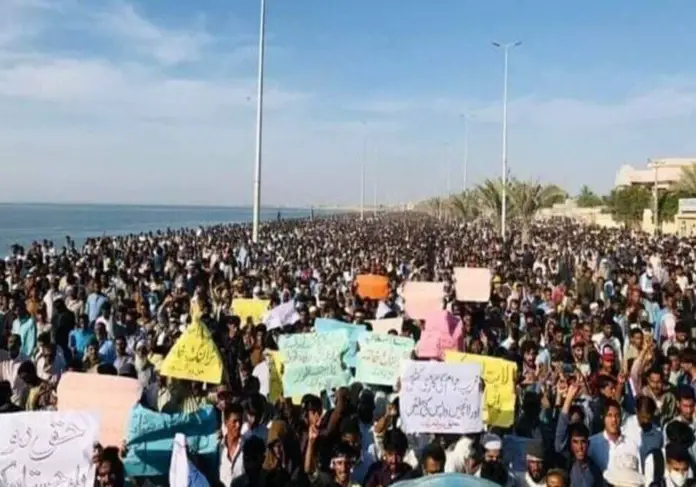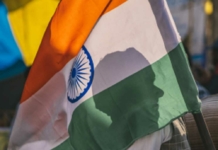Social media, taking into consideration the globalizing world, has become a prodigious platform for people from all walks of life – both in the oppressed and independent nations and states – which is used as a handy tool to supplant ‘biased’ and ‘censored’ medias of most countries. People find it easier to highlight their grievances on it instead of relying on a ‘controlled’ media. In fact, we usually see trends and hashtags in Twitter, a social media site, covering a foremost, or any other minor concern, of a people globally. With this, the problem circulates worldwide and, more or less, proves to be a culmination for the grieved person(s).
The youths, on the other hand, belonging to any society – developed or not, free or slave, rich or poor – are often witnessed using the social media sites for diverse protests including educational queries, social disturbances, rule of law, infliction of injustices, economic worries, governmental performances, and so forth. They are also loud for their countrymen and leaders for achievements locally, nationally and internationally. Nevertheless, youths utilize these sites as a platform to operate their fundamental human right to expression.
Coming to Balochistan, the largest province by area of Pakistan, where I live in, social media sites – be it Twitter, Facebook, Youtube, Instagram, Whatsapp etc. – have become necessary channels for addressing the provincial matters, which are usually overlooked by the national media. Some call it a media blackout in Balochistan, while others consider Balochistan a ‘no-go’ area; in the middle, inhabitants of the province are suffering owing to constitutional and legal crises. The recent Gwadar sit-in, led by Maulana Hidayat ur Rehman for thirty-two days, is the biggest example of how the trepidations of Gwadar, the hub city of China Pakistan Economic Corridor (CPEC), have been continuously neglected by the provincial and federal governments, and the state media, instead of its paramount significance in international-business vis-à-vis the country. Had it not been the social media and the sake of Pakistan’s biggest project CPEC, Gwadar’s demonstration, like rest of the other protests in Balochistan, would have gone totally unnoticed by national and international media, despite the fact that it lacked important coverage.
On the other side of the picture, the University of Balochistan’s students, who led a protesting sit-in inside the varsity campus against the disappearance of two of their fellow students for consecutive twenty days, closing all the academic and non-academic activities, also fell prey to ignorance until the matter was taken to social media. Sohail Baloch and Fassieh Baloch were whisked off within the university hostel on November 1 (2021).
National media – majorly the print media – outlined the matter thereof. Following the little coverage of the grave concern placed in national media, the provincial government set a committee to redress the issue of the students. Even the disappeared students are yet not produced before the competent court, but the matter has been uplifted to the highest forum through the protest, by youths, on social media.
In fact, several other remonstrations are happening in the province, i.e, the sit-in camp of medical students of Makran Medical College Turbat, Jhalawan Medical College Khuzdar and Medical College Loralai outside the press club of Quetta, demonstration of Young Doctors Association (YDA), and others for the flood and other reasons, but they (the home media) rarely, or I better say never, catch up the issues. The reasons may vary taking into account their terms and policies towards Balochistan.
Amidst the increasing dilemmas of Balochistan and incessant inattention from the national media, the youths of the most ‘underrated’ province, from a long time until now, have relied more on the propagation of their concerns through social media other than waiting for a green signal from the national media; soon after, the predicaments make their way through national media, although in a lesser frequency, and sometimes to concrete measures as well. Had it not been the influence of social media in the current era, we would have to wait for years to the productivities of our rise and voices.






